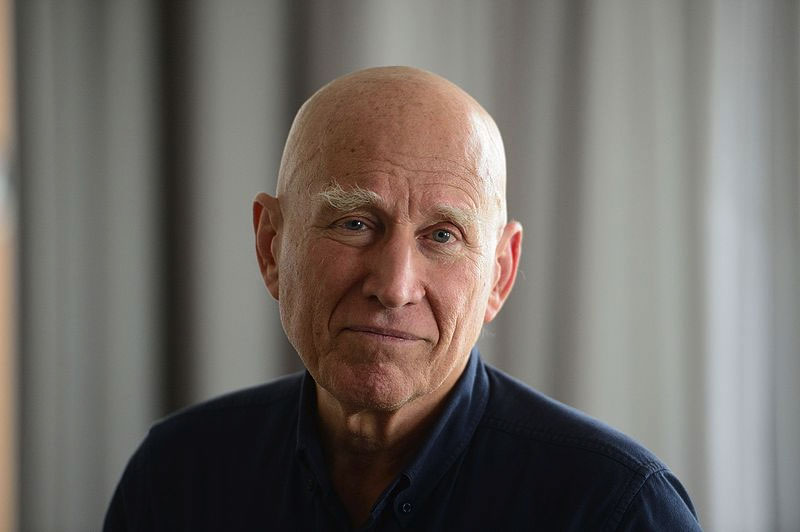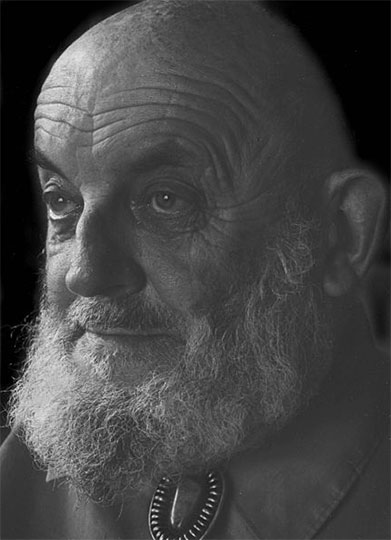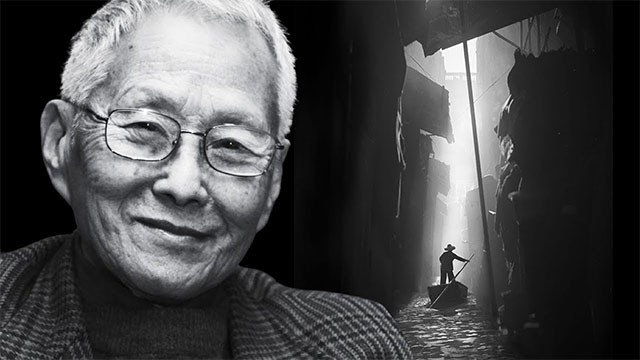A few of my Favourite Photographers
Part One
From time to time I would like to present some photographers whose work I really enjoy and find inspirational.
These brief profiles are not presented in any particular order or any kind of grouping. They are really just random tributes to artists I admire.

Sebastiao Salgado - Wikimedia Commons License
Sebastião Salgado
Brazil, 1944 -
After studying at Sao Paulo University, Salgado started work as an economist for the Ministry of Finance. In 1969 he was exiled from Brazil for his radical political views and relocated to Paris where he continued his studies and eventualy took up a position as an economist with the International Coffee Organisation. He began to take photography seriously while working for the World Bank on assignment in Rawanda. In 1973 he decided to leave corporate life and persue photojournalism as a career.
Salgado is most well know for his long term documentary projects, in particular his amazing images of workers and the underprivileged in undeveloped countries. He has used his photography as a means to bring awareness to the plights of people struggling with socio-economic and political disadvantage in countries across the globe.
His project shot in the Serra Palada gold mine in Brazil is one his most well known series and my first introduction to his work. The images he captured there are somehow beautiful and horrific at the same time. A few of his other more notable projects to look for are called "Workers", "Terra: Struggle of the Landless", and "Genesis".
Most of his earlier work was shot on Leica SLR and rangefinder cameras on Kodak Tri-X film. In order to be able to produce larger prints he switched to using a medium format Pentax 645 and, in his later years, has been shooting with a Canon digital.
In 2014 a documentary about Salgado called "Salt of the Earth", directed by Wim Wenders, was released. I think it's the best documentary of a photographer that I've seen and definitely worth checking out. It turns out that not only is he a great photographer, he and his wife, Leilia are environmental heros. The started with a project to re-forest the family farm and turn it into a nature reserve. They are now dedicated to the reforestation and conservation of the Altantic Forest in Brazil.
› View some of his work on Instagram

Ansel Adams - Wikimedia Commons License
Ansel Adams
USA, 1902 - 1984
Even if you only have a passing interest in landscape photography you will know the name Ansel Adams, one of the giants of photographic history and a noted environmentalist. There isn't much point in adding a biography about Adams here, there are literally volumes of information written about him that are easily available to anyone with access to a computer or a book shop.
Personally, I view his work as the benchmark against which to judge all others. I know his work had (still has) a lot of critics but he never compromised his vision to accommodate the external noise.
He was a prominent member of the "Group f/64", a collective of photographers dedicated to changing the general aesthetic of photography away from the pictorialist style that had been so prevalent. He and his collaborators wanted photos to look like photos and not paintings.
I think these quotes summarise his approach:
"It was devotion to the straight print, paper surfaces without textures that would conflict with the image texture. It was a belief in sharpness throughout the photograph. Good craft, in other words. F/64 is a small stop on the camera that gives great depth of field and sharpness. It was the concentration on images that were not sentimental or allegorical.”
"It was a reaction, a strong reaction against the pictorialists, who were working their heads off to make a photograph look like anything but a photograph. In an attempt to be creative, they were retouching and diffusing the images. Hideous stuff!"
"Those photographs were horribly contrived, shallow works, terrible moods–just terrible stuff that completely lacked creative intensity, the very thing we were so excited about.”
None of that could apply today, could it?
› Visit the Ansel Adams Gallery

Copyright Fan Ho Trust and Estate
Fan Ho
Hong Kong, 1931 - 2016
Fan Ho was born in Shanghai and emigrated, with his family, to Hong Kong in 1949. He started to learn photography using his father's Box Brownie, at 14 his father gave him a Rollieflex K4A TLR. He used that camera throughout his career.
I am usually not that interested in street photography but something about Ho's work really stands out, his use of light and creative framing is remarkable. Somehow, amid the chaos and mayhem of Hong Kong's streets and markets he was able to produce beautiful, peaceful compositions. Considering that he was only in his early twenties when he produced much of his work is even more extraordinary. He had a very creative eye at a relatively early age.
In fairness, a lot of Ho's work is contrived. He would often have his friends posed in scenes that otherwise looked spontaneous. One of his most famous images "Approaching Shadow" (1954), is a photograph of his cousin posed against a wall. The original shot did not have a shadow at all; it was added by Ho in the darkroom. Contrived or not though, the images are absolutely stunning.
Fan Ho later became a film director and actor. His debut feature film was called "Lost" and released in 1969. After retiring from cinema in 1995, Ho moved to San Jose in California where he lived until his death from pneumonia in 2016.
Subscribe



